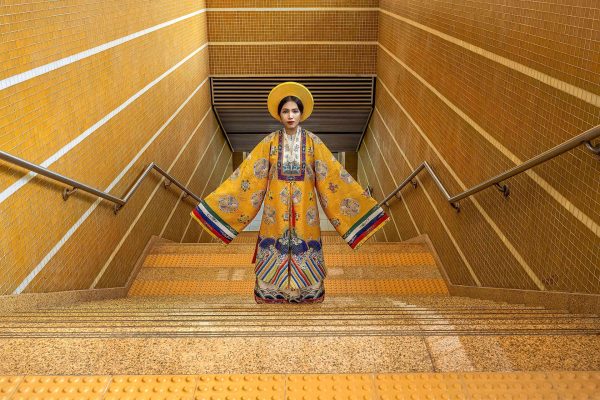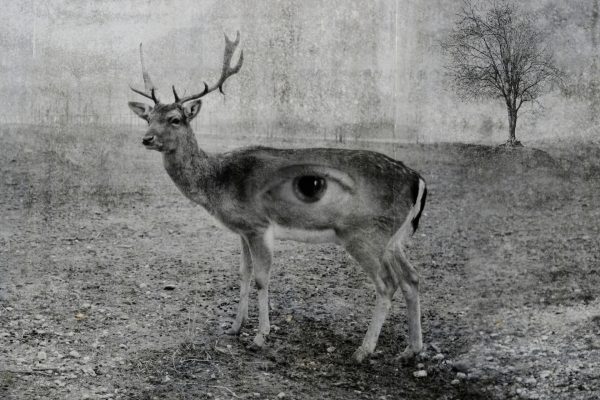Wayne Ford wrote about Brent’s images and asked the fundamental question:
Why do we feel that we belong in some places, whilst not in others?
“In defining place identity — a core concept within environmental psychology — it is “those dimensions of self that define the individual’s personal identity in relation to the physical environment by means of a complex pattern of conscious and unconscious ideas, feelings, values, goals, preferences, skills, and behavioural tendencies relevant to a specific environment” wrote the eminent environmental psychologist Professor Harold M. Proshansky.
It is these very strands and themes that artist Martin Brent questions in his tableaux series the Inbetween Places. In which he contextually reframes the landscape — both geographically and metaphysically — and in doing so, he walks a path first trodden by the Pittura Metafisica movement and its founder Giorgio de Chirico (1888-1978).
It has been said that de Chirico set out to “paint that which could not be seen,” and it is here that we find a parallel in Brent’s tableaux. As he manipulates images of real world locations to create that which can not be seen, and in doing so questions our very concept of place identity though the sense of belonging and the discomfort of the unfamiliar.”



























